New dog and old dog not getting along
kingmac121110
14 years ago
Featured Answer
Sort by:Oldest
Comments (12)
User
14 years agolast modified: 9 years agomurraysmom Zone 6a OH
14 years agolast modified: 9 years agoRelated Professionals
Stanford Interior Designers & Decorators · Norwalk Furniture & Accessories · Fillmore Furniture & Accessories · Hawthorne Furniture & Accessories · Farmers Branch Cabinets & Cabinetry · Ridgefield Cabinets & Cabinetry · Tenafly Cabinets & Cabinetry · Beaufort Flooring Contractors · Gallatin Flooring Contractors · Lenexa Flooring Contractors · Lynnwood Flooring Contractors · Monroeville Flooring Contractors · Nashville Flooring Contractors · Spokane Flooring Contractors · Thornton Flooring Contractorsmazer415
14 years agolast modified: 9 years agoMeghane
14 years agolast modified: 9 years agocynthia_gw
14 years agolast modified: 9 years agoschoolhouse_gw
14 years agolast modified: 9 years agomazer415
14 years agolast modified: 9 years agocynthia_gw
14 years agolast modified: 9 years agoUser
14 years agolast modified: 9 years agomazer415
14 years agolast modified: 9 years agosweetchastity
14 years agolast modified: 9 years ago
Related Stories
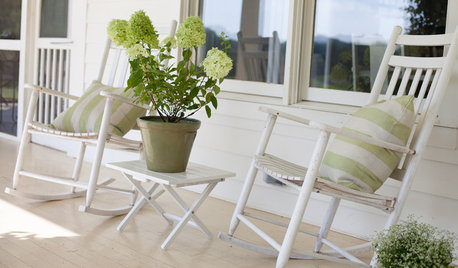
LIFEHow to Get Along With the Neighbors — and Live Happier at Home
Everyone wins when neighbors treat one another with kindness, consideration and respect
Full Story
LANDSCAPE DESIGNGet Along With Less Lawn — Ideas to Save Water and Effort
Ditch the mower and lower your water bill while creating a feast for the eyes with diverse plantings and gathering places
Full Story
PETSSo You're Thinking About Getting a Dog
Prepare yourself for the realities of training, cost and the impact that lovable pooch might have on your house
Full Story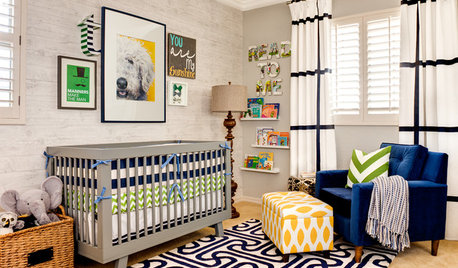
KIDS’ SPACESSee an Arizona Nursery That’ll Never Get Old
Age appropriate but not childish, this baby boy’s room will grow with him without a redesign
Full Story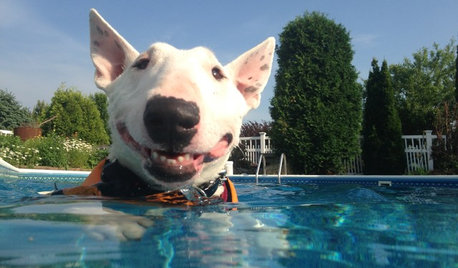
MOST POPULAR40 Dogs Who Are Having a Way Better Summer Than You
Houzzers share pics of their canine companions living it up — or getting down with relaxing — on warm days
Full Story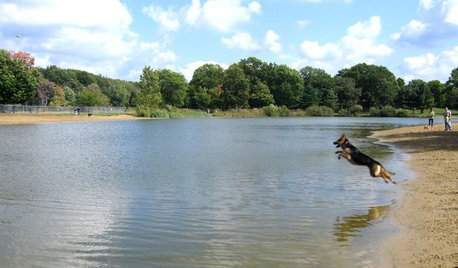
COMMUNITYDesigned for Dogs: 5 Fantastic Dog Parks Across the U.S.
Let your favorite pooch run wild at one of these specially designed public spaces. Not close by? Learn how to start a dog park yourself
Full Story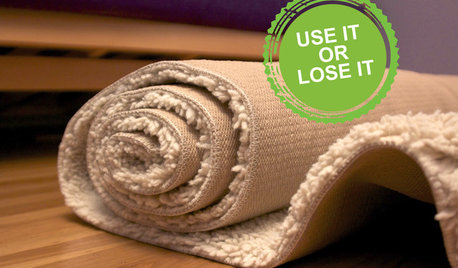
DECORATING GUIDESLose It: 4 Ways to Get Rid of Your Old Carpet
Try one of these earth-friendly tips before stuffing your dingy carpet or rug in the trash
Full Story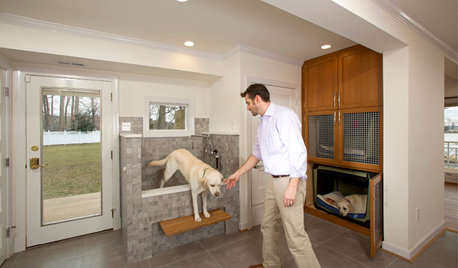
LAUNDRY ROOMSA Laundry Room With Bunk Beds and a Shower for Muddy Dogs
Custom cabinets with dog beds and a new step-up dog shower turn a laundry room into a hardworking hot spot
Full Story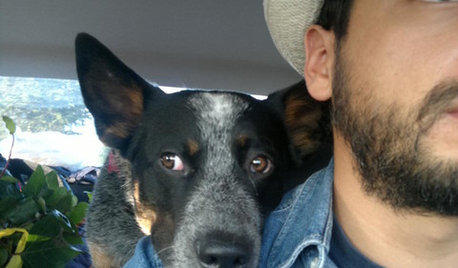
PETS50 Dog Photos Worth a Wag
Design hounds: Share in the pet love with Houzzers' snapshots of their beloved dogs at home, in the workshop and at play
Full Story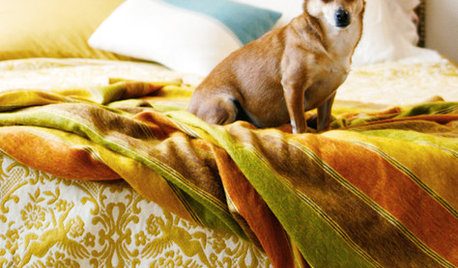
PETSHouzz Call: Looking for Dogs in Design
Share a Pic of Your Pet, and He or She Could Star on Our Homepage
Full StoryMore Discussions








mazer415